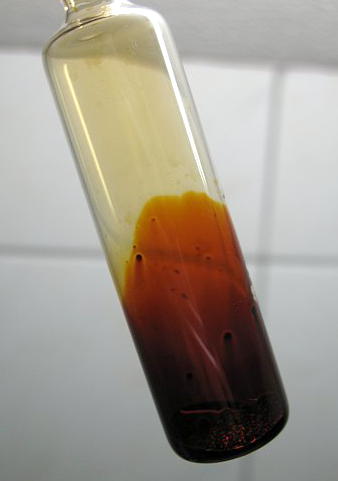A great feeling of security for a parent comes from administering a medicinal like iodine. It is what I give my children instead of dangerous antibiotics when they are sick. It is what I use when the first symptoms of flu approach and it does spare one the worst of that misery. After we understand that iodine is an excellent antiviral, antibacterial, anti fungal, mold and yeast agent we begin to glimpse the catastrophic mistake made for substituting pharmaceutical antibiotics for iodine.
Antibiotics do not kill yeast but they certainly can kill people on occasion.[1] Not only do some antibiotics increase the risk of sudden cardiac death but sometimes they lead to liver compromise and failure. Despite the ever-widening use of antibiotics the National Center for Infectious Disease and the Centers for Disease Control announced that the U.S. death rate from infectious disease increased by more than 50% between 1980 and 1992, making it the third leading cause of death.
Studies have documented the association between increased rates of antimicrobial use and development of resistant infections thus doctors who prescribe antibiotics irrationally should be rebuked. There is a growing consensus among infectious disease specialists, epidemiologists and control experts from the U.S. and Europe about the dark side of antibiotic use. In the right form iodine is every mother’s cherished medicinal heavyweight because it can save a child where antibiotics, often today, will not.
According to several studies, obstetricians and gynecologists write 2,645,000 antibiotic prescriptions every week. Internists prescribe 1,416,000 per week. This works out to 211,172,000 prescriptions annually in the United States, just for these two specialties. Pediatricians prescribe over $500 million worth of antibiotics annually just for one condition, ear infections. Yet topical povidone iodine (PVP-I) is as effective as topical ciprofloxacin, with a superior advantage of having no in vitro drug resistance and the added benefit of reduced cost of treatment.[2]
Many women find after taking antibiotics, they get vaginal yeast infections (because their normal bacterial balance has been lost). Antibiotics bring on fungal and yeast infections thus will eventually be seen as one additional cause of cancer since more and more oncologists are seeing yeast and fungal infections as an integral part of cancer and its cause. With upwards of 40 percent of all cancers thought to be involved with and caused by infections[3] the subject of antibiotics and the need for something safer, more effective and life serving is imperative.
Every day, new strains of bacteria, fungi, and otherpathogenic microorganisms are becoming resistant to theantibiotics that once dispatched them with extreme prejudice
Though it kills 90 percent of bacteria on the skin within 90 seconds its use as an antibiotic has been ignored. Iodine exhibits activity against bacteria, molds, yeasts, protozoa, and many viruses; indeed, of all antiseptic preparations suitable for direct use on humans and animals and upon tissues, only iodine is capable of killing all classes of pathogens: gram-positive and gram-negative bacteria, mycobacteria, fungi, yeasts, viruses and protozoa. Most bacteria are killed within 15 to 30 seconds of contact.
Iodine is by far the best antibiotic,antiviral and antiseptic of all time.– Dr. David Derry
Dr. Derry says that iodine is effective “for standard pathogens such as Staphylococcus, but also iodine has the broadest range of action, fewest side effects and no development of bacterial resistance.” There is a world of difference between using an antibiotic – anti-life substance – and a antibiotic, antiviral and antifungal substance like iodine, which is life serving because it is a basic and most necessary nutritional substance.
Iodine kills single celled organisms by combining with the amino acids tyrosine or histidine when they are exposed to the extra-cellular environment. All single cells showing tyrosine on their outer cell membranes are killed instantly by a simple chemical reaction with iodine that denatures proteins. Nature and evolution have given us an important mechanism to control pathogenic life forms and we should use it and trust it to protect us in ways that antibiotics can’t.








